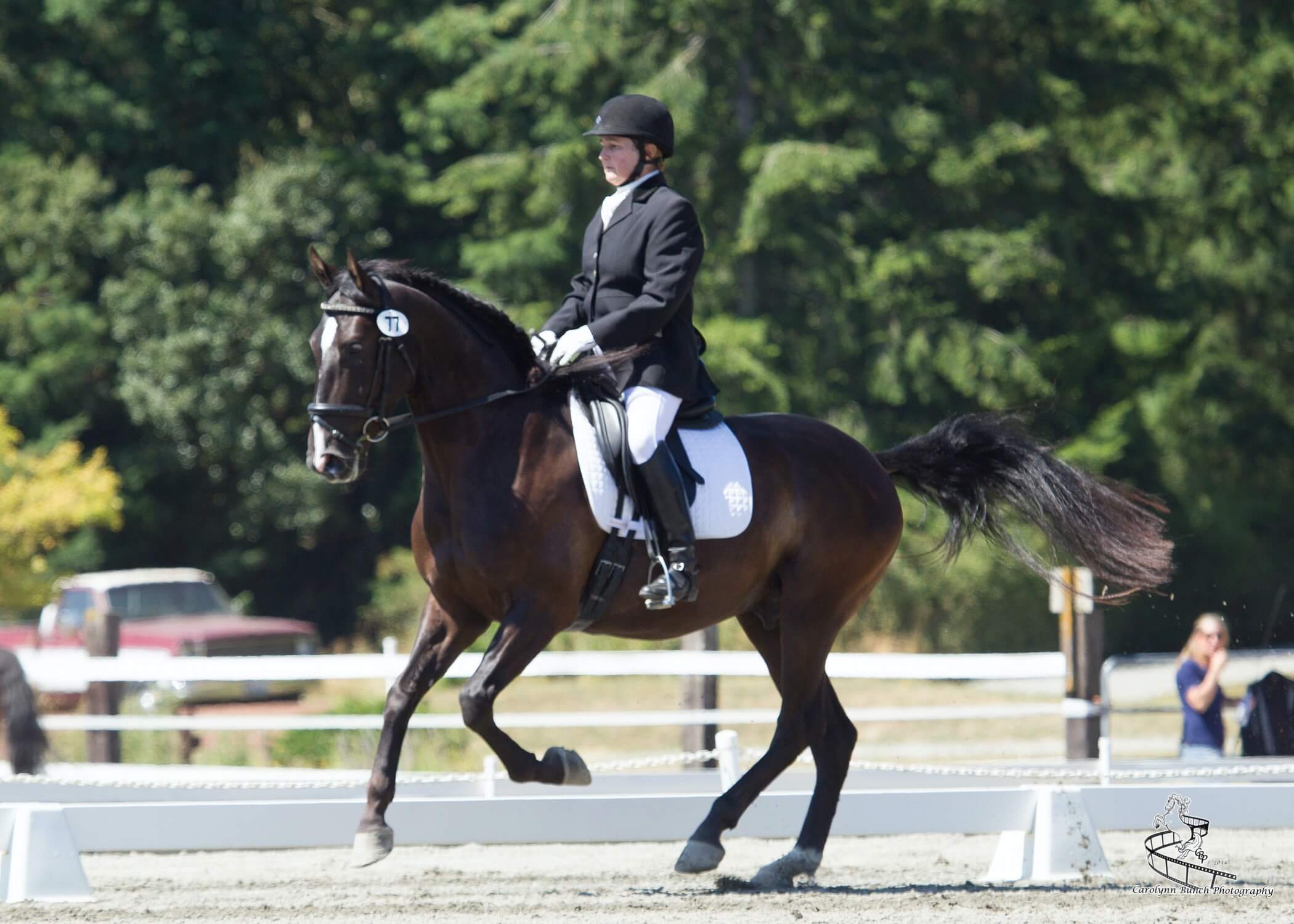Horses Don’t Always Want What People Think They Want
Not that long ago the norm for top-notch equine care was to stall horses at night and turn them out in paddocks or fields in the day. We spent a lot of time leading horses in and out, stall cleaning was labor intensive, and during inclement weather horses either stood out in it or had to stay inside. We believed we were doing the best for our horses.
Now we know it’s not ideal for horses to be locked in a stall for hours on end. Horses were meant to always be on the move. I’ve spent thousands of dollars and countless hours building run-in stalls with large, attached gravel paddocks that open onto grassy fields for grazing. I doubled the size of all my stalls—from 12 to 24 feet wide—and in a further attempt to keep my horses happy I installed “windows” in the solid walls between stalls so horses always have access to physical and visual contact with another horse.
The result? My horses now rarely choose to leave their stalls. When the pastures are open they’ll graze for a while, but then come in and stand in their stalls for most of the day and night. Horses don’t like rain, wind, blazing sun, or bugs any more than we do.
My gelding, Gus, has always enjoyed this life. He and his best friend Rock Star spend hours playing “bitey face” through the window between their stalls. Gus is a food fiend and developed a habit of kicking the stall wall between himself and Rock Star to let Rocky know he shouldn’t even think of coming near his food. When they are in the field together there’s no kicking, but something about the four walls of his stall makes him more territorial.
Over the last two years or so, Gus has been plagued by hind-leg lameness issues that I couldn’t figure out. Recently after being gone for a long weekend to teach a clinic, I came home to find him with a bowed tendon on his right hind. To say I was devastated is an understatement, but after much thought (and a particularly noisy day of kicking) I finally realized the stall kicking could be the culprit and closed the window between the two geldings. Instant peace resulted. Both boys seem much happier. They can go outside and play their boy games across the fence, but there’s been no stall kicking. All this time I thought I was doing the right thing, I was actually doing the wrong thing for my horse.
The vet comes in a few days to ultrasound Gus’s leg. Hopefully, he’ll get through this. And I’ve learned my lesson: listen to my horse!
See this article in the December 2024 Online Digital Edition:
December 2024

Kim Roe grew up riding on the family ranch and competed in Western rail classes, trail horse, reining, working cow, and hunter/jumper. She trained her first horse for money at 12 years old, starting a pony for a neighbor.
Kim has been a professional dressage instructor in Washington state for over 30 years, training hundreds of horses and students through the levels. In recent years Kim has become involved in Working Equitation and is a small ‘r’ Working Equitation judge with WE United.
Kim is the editor of the Northwest Horse Source Magazine, and also a writer, photographer, and poet. She owns and manages Blue Gate Farm in Deming, Washington where she continues to be passionate about helping horses and riders in many disciplines.






